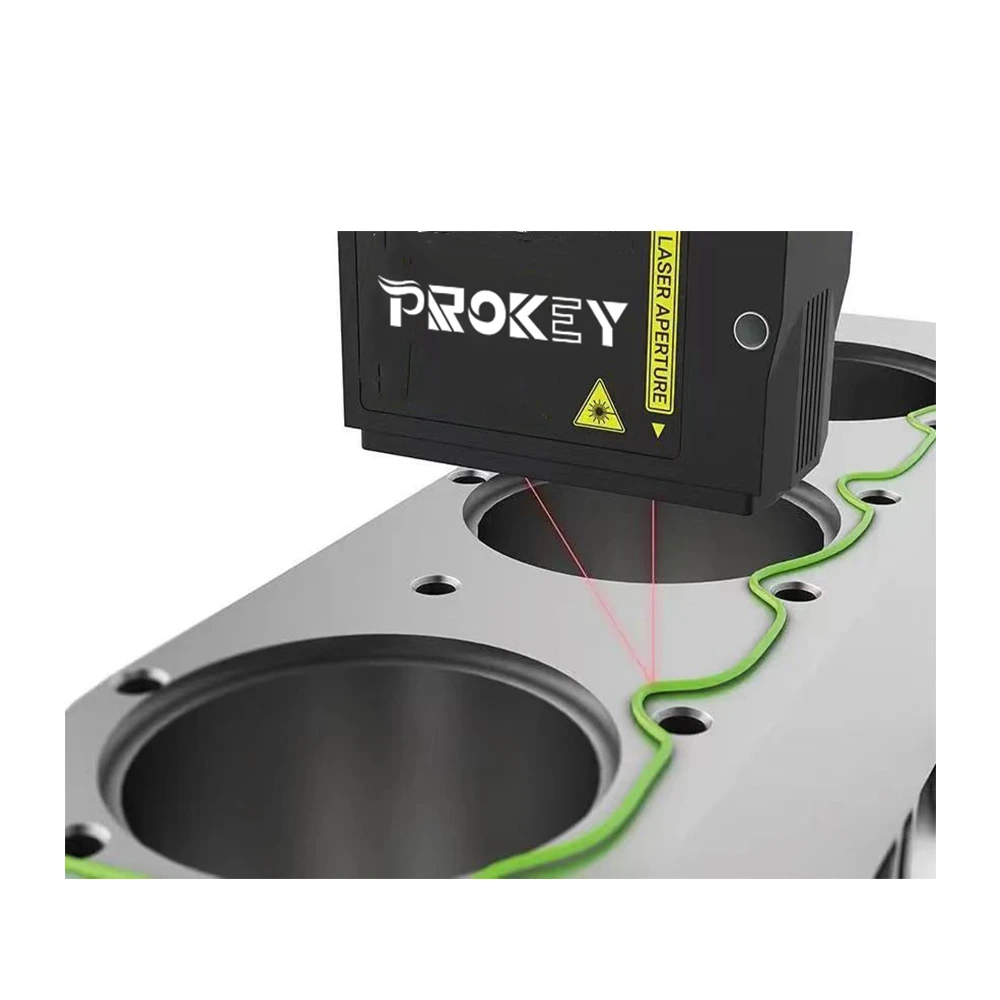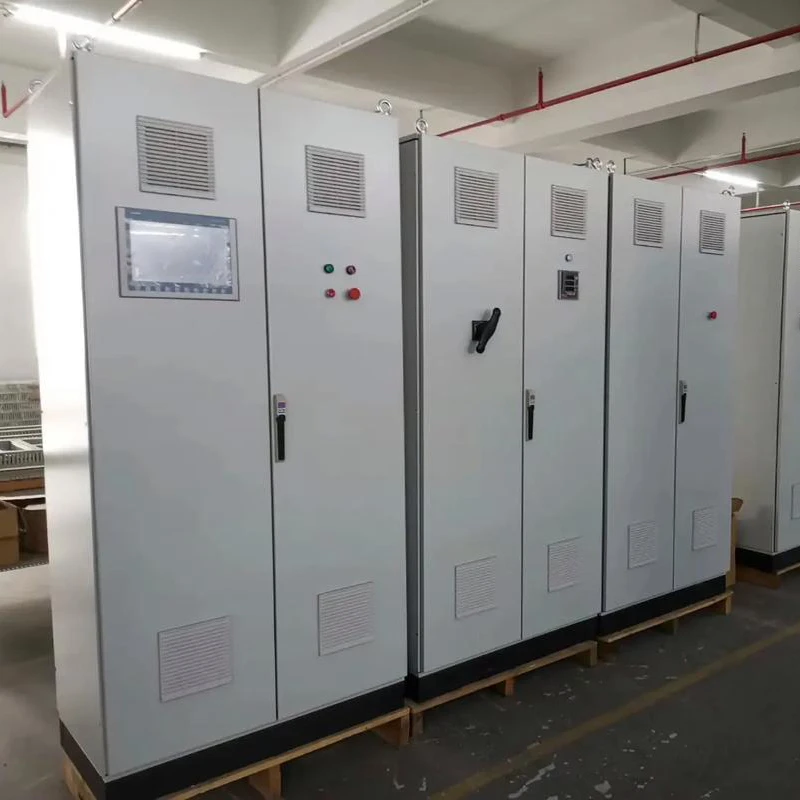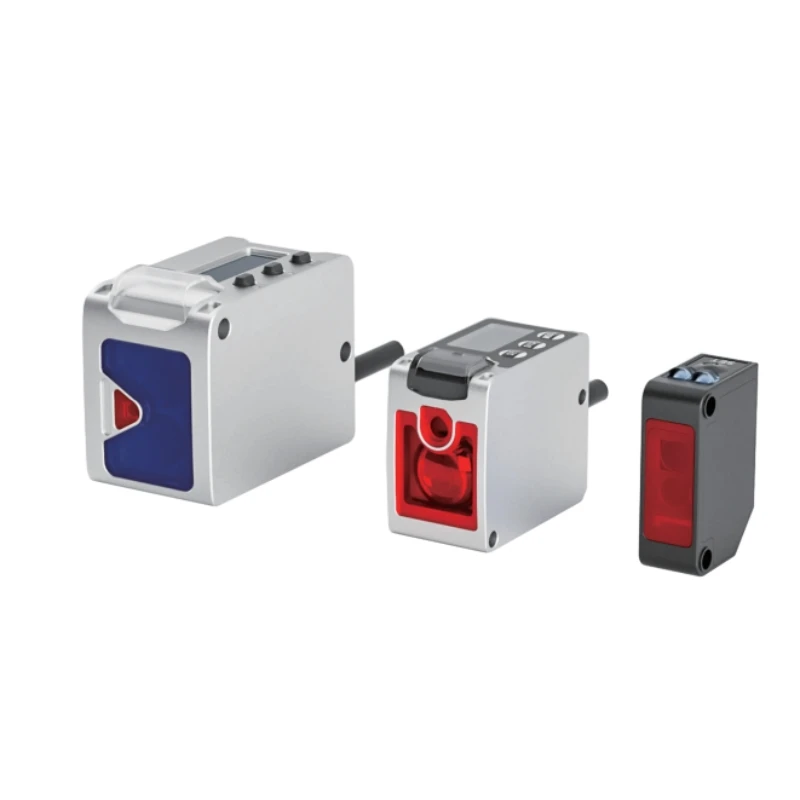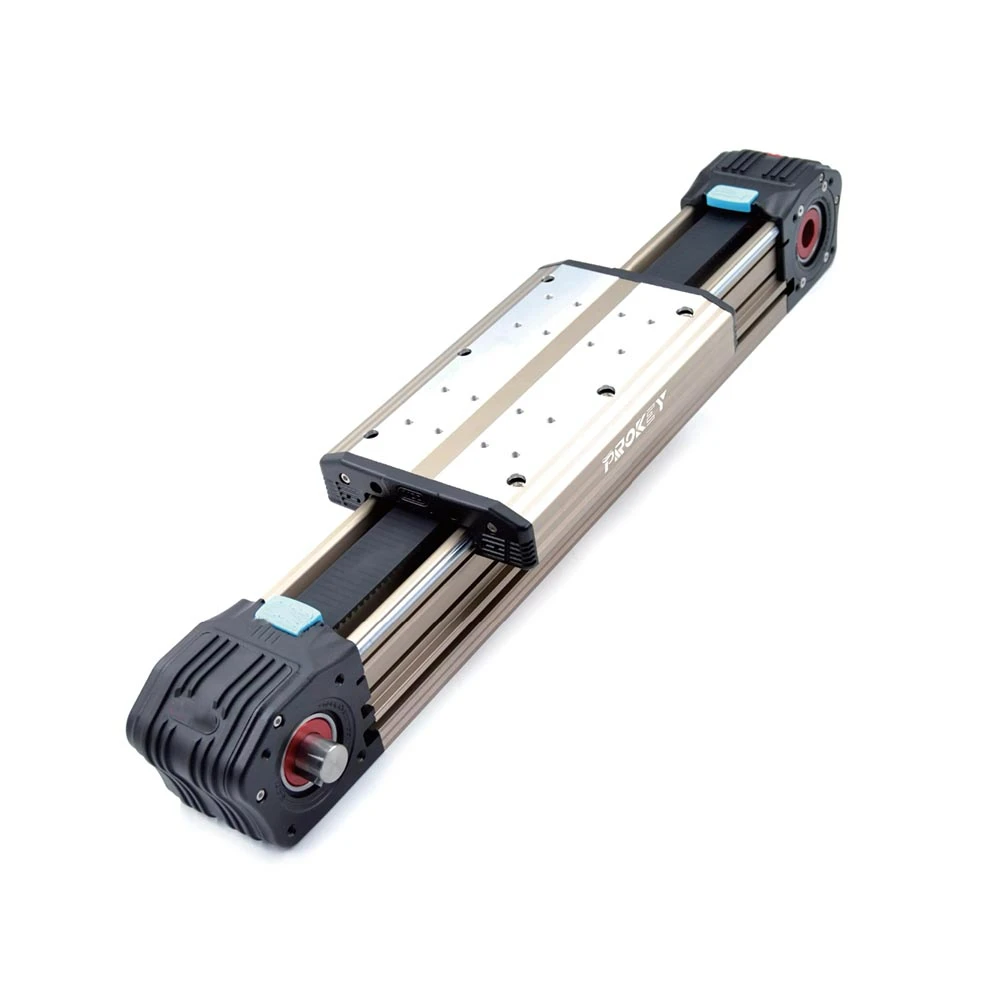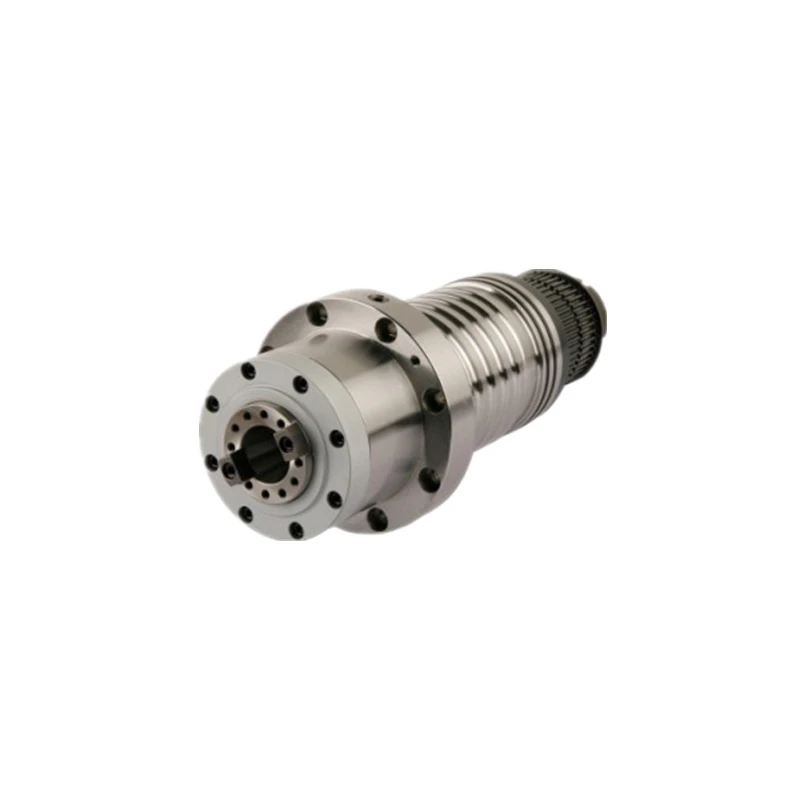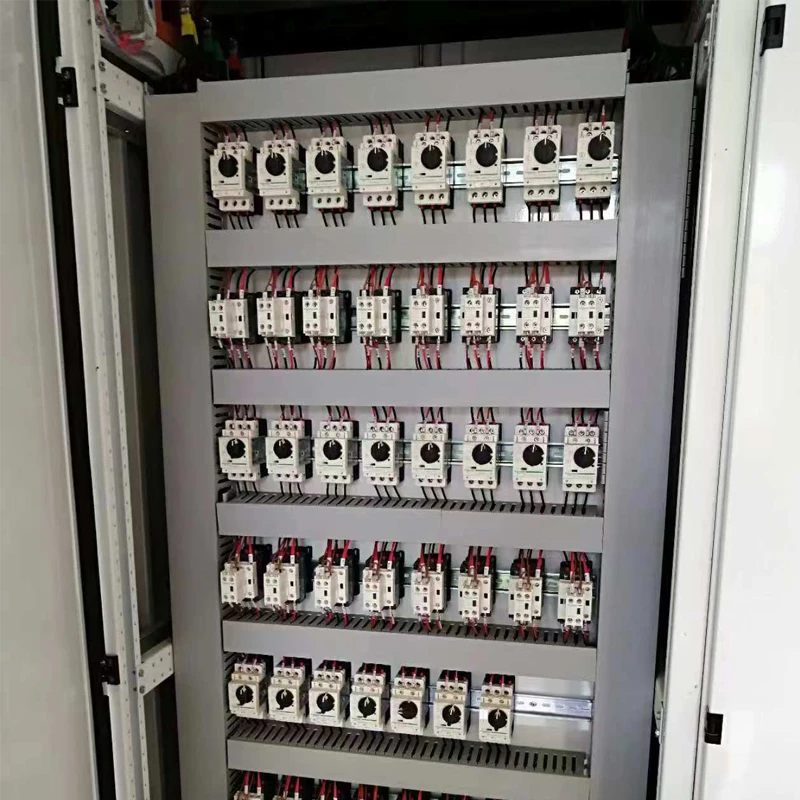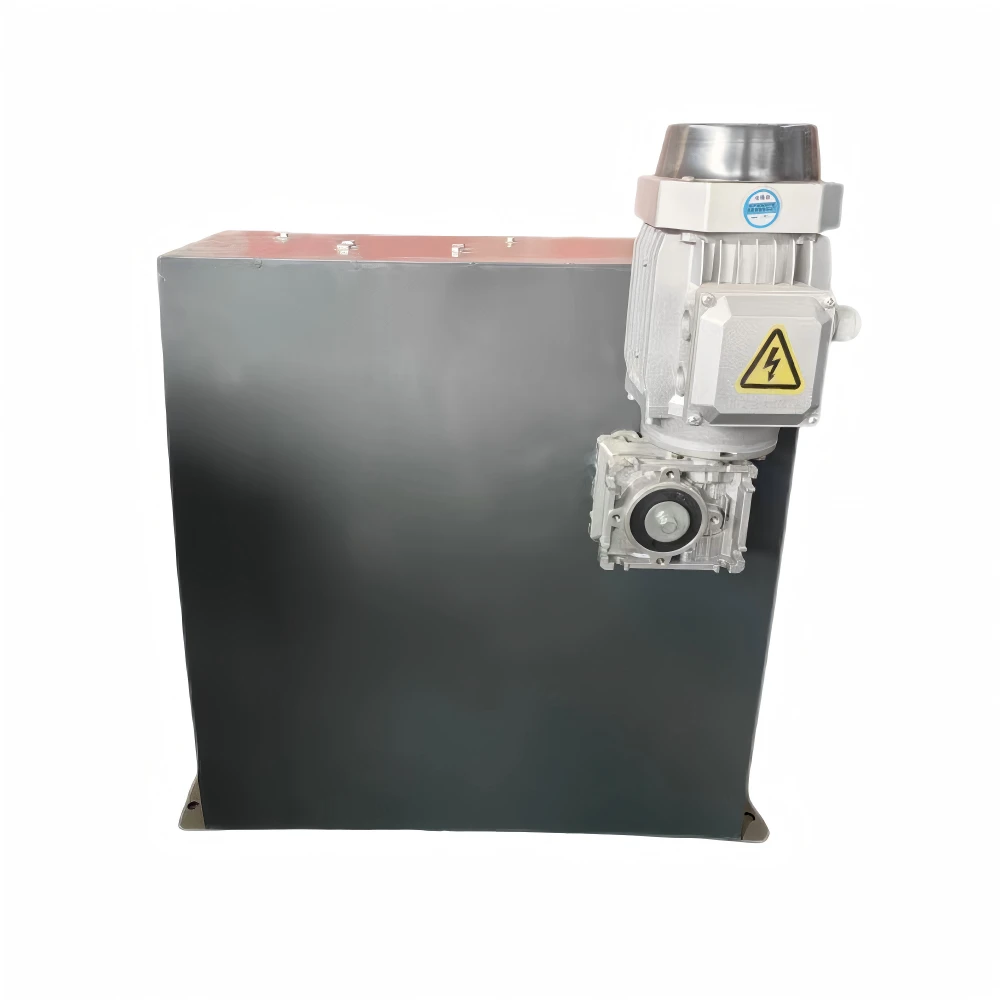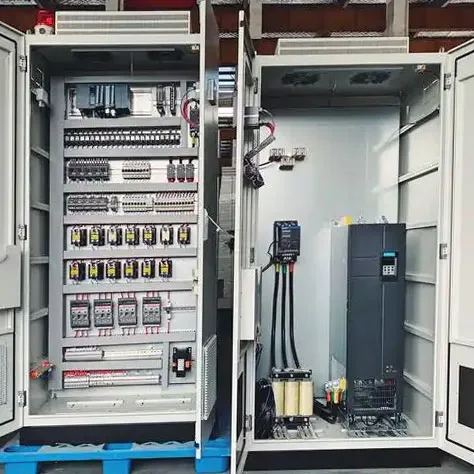3 月 . 20, 2025 11:16 Back to list
How to Choose the Right Custom Bearing for Your Application?
When it comes to machinery and equipment, the choice of bearings can significantly impact performance and efficiency. Custom bearings are designed to meet specific requirements that standard bearings may not fulfill. If you're looking for the right custom bearing for your application, here are some essential factors to consider.

Choose the Right Custom Bearing: Understand Your Application Requirements
The first step in selecting the right custom bearing is to thoroughly understand your application. Consider the following factors:
Load Capacity: Determine the maximum load of custom bearings that will need to be supported. This includes both static and dynamic loads.
Speed: Assess the operating speed of your machinery. Different types of bearings are designed to handle varying speeds effectively.
Environmental Conditions: Consider the operating environment, including temperature, humidity, and exposure to contaminants. This will influence the materials and sealing options for your custom bearings.
Explore Different Types of Bearings
Familiarize yourself with the different types of bearings available. Each type has unique characteristics suited for specific applications:
Ball Bearings: Ideal for high-speed applications with low to moderate loads.
Roller Bearings: Suitable for heavy loads and lower speeds, providing better load distribution.
Thrust Bearings: Designed to handle axial loads, making them suitable for applications like gearboxes.
Sleeve Bearings: Often used in applications requiring low friction and high durability.
Understanding these differences will help you communicate your needs effectively to your custom bearings manufacturer.
Collaborate with a Custom Bearings Manufacturer
Working with an experienced custom bearings manufacturer is crucial. They can provide valuable insights into the design and material selection process. Here’s what to look for:
Expertise: Choose a manufacturer with a proven track record in producing custom made bearings for your industry.
Quality Assurance: Ensure they follow strict quality control measures to guarantee the reliability of their products.
Customization Options: Discuss your specific requirements and see how flexible they are in accommodating your needs.
Consider Bearing Installation Tools
Proper installation is vital for the performance and longevity of custom bearings. Ensure you have the right bearing installation tools, which may include:
Bearing Pullers: For safely removing bearings from shafts or housings.
Installation Kits: These often include sleeves and spacers to facilitate proper installation without damaging the custom bearing.
Torque Wrenches: To ensure that fasteners are tightened to the correct specifications.
Having the right tools can make a significant difference in the installation process and the overall performance of your custom bearings.
Test and Validate Custom Bearing
Once you have selected and installed your custom bearings, it’s essential to test them under actual operating conditions. Monitor their performance and make any necessary adjustments. This step is crucial to ensure that the bearings meet your application's demands.
Choosing the right custom bearing for your application involves careful consideration of various factors, including load capacity, speed, and environmental conditions. By understanding the different types of bearings and collaborating with a reputable custom bearings manufacturer, you can ensure that you select the best solution for your needs. Don't forget the importance of proper installation tools and testing to achieve optimal performance. For top-quality custom bearings, contact PROKEY today to learn how we can support your specific requirements!
-
Why Steel Mills Rely on FODA’s High-Temperature Cylindrical Roller Bearings?
NewsApr.10,2025
-
What is a Plain Bearing? A Complete Guide to Design & Functionality
NewsApr.10,2025
-
Thrust Ball Bearings vs. Tapered Roller Bearings: FODA’s Performance Comparison
NewsApr.10,2025
-
The Engineering Behind FODA Thrust Ball Bearings: Precision for High-Speed Applications
NewsApr.10,2025
-
No More Compromises: Get Precision-Engineered Custom Bearings Tailored to Your Exact Specifications
NewsApr.10,2025
-
In-Depth Analysis: Application Differences of Different Types of Angular Contact Ball Bearings
NewsApr.10,2025
Products categories



